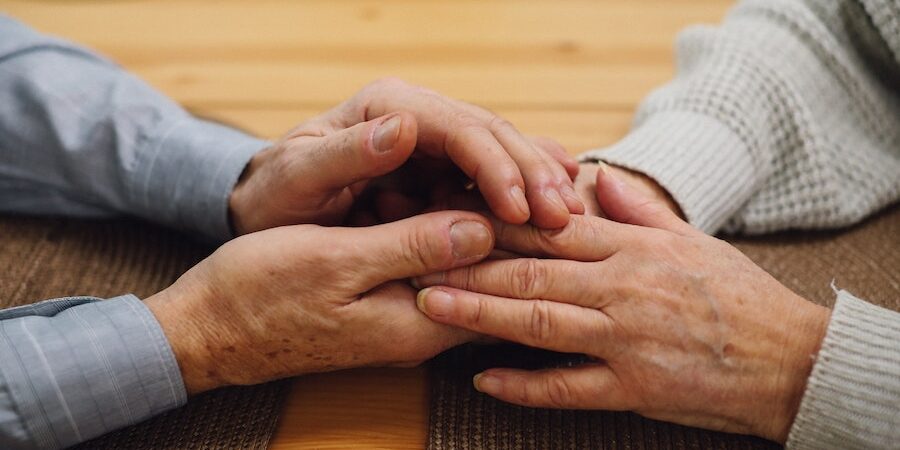


What is Parkinson’s disease? The term has been around for over 80 years, but you may need to become more familiar with it. This post breaks down what it is, and is it a type of dementia.
There are approximately 90,000 new Parkinson’s cases reported each year. And it is estimated that close to a million people live with Parkinson’s disease in the United States.

It is a degenerative disorder that affects your brain and nervous system. It can cause trembling, shaking and stiffness in your arms, hands and legs.
Death of dopamine producing nerve cells in the brain causes Parkinson’s.

A neurologist diagnoses it based on the presence of specific symptoms and a physical examination. The severity of the disease can be measured using the Hoehn and Yahr scale, which ranges from stage 1 (mild symptoms) to stage 5 (severe symptoms).
Your doctor may also ask about your medical history. Once diagnosed with Parkinson’s, you’ll need treatment medications for several years. In addition, you may undergo imaging scans or blood tests.
Men are more often diagnosed than women, with the average age of onset being over 60 years old. Unfortunately, there is no cure for Parkinson’s disease, but drugs can help relieve symptoms such as trembling hands, stiffness, and difficulty maintaining balance.

The symptoms of Parkinson’s typically appear gradually and worsen over time. The most common symptoms include:
• tremors
• trembling in the hands, arms, legs, jaw, and face
• rigidity, or stiffness of the limbs and trunk
• bradykinesia, or slowness of movement
• and impaired balance and coordination.
As Parkinson’s progresses, it may cause both cognitive and motor deficits, including:
• trouble speaking
• difficulty swallowing
• and problems with memory

The cause of Parkinson’s disease is not fully understood, but scientists believe there is a combination of genetic and environmental factors. Some people with Parkinson’s disease have a family history, but most cases occur in people without a family history.
Environmental factors that may increase the risk of Parkinson’s include exposure to pesticides and other toxins, head injuries, and certain infections.

Parkinson’s disease is not a type of dementia. Instead, it’s caused by the death of brain cells in a region called the substantia nigra, which is responsible for sending signals to other parts of the body.
Parkinson’s disease should not be confused with other types of dementia, such as Alzheimer’s or Lewy body dementia because these conditions are characterized by memory loss and other cognitive problems.
There are different types of Parkinson’s disease, including idiopathic Parkinson’s disease. This is the most common type and occurs without a known cause.
The other type is secondary Parkinson’s disease, which occurs due to another condition or factor, such as a brain injury or using certain medications.

There is no known cure for Parkinson’s disease, but there are treatments that can help manage the symptoms and improve quality of life.
There is no one-size-fits-all treatment for Parkinson’s, and the most effective treatment plan will depend on the individual’s symptoms and needs. These treatments include:
Medications – Medications can help manage the symptoms of Parkinson’s and may include:
• levodopa
• dopamine agonists
• monoamine oxidase inhibitors
• and catechol-O-methyltransferase inhibitors.
Physical Therapy – Physical therapy and occupational therapy can help improve mobility, balance, and coordination and may include exercises to improve strength and flexibility, as well as assistive devices such as canes and walkers.
Surgery – In some cases, surgery may be an option to help manage the symptoms of Parkinson’s disease. One common surgery is deep brain stimulation, which involves the implantation of electrodes in the brain to help control tremors and other movement symptoms.
Alternative Treatments – Several alternative treatments may be helpful for people with Parkinson’s disease, including acupuncture, massage, and herbal remedies. However, speaking with a healthcare provider before starting any new treatment is essential, as some alternative therapies may interact with medications or have other risks.
Living with Parkinson’s can be challenging, but many resources are available to help manage the condition and improve the quality of life. These resources may include support groups, rehabilitation programs, and home care services.

Parkinson’s is a type of neuromuscular disorder but not a form of dementia. The symptoms of Parkinson’s vary but may include tremors, muscle rigidity, and speech difficulties.
Though the causes aren’t entirely known, Parkinson’s disease is believed to be brought on by various factors, including genetics and environmental toxins.
People with Parkinson’s disease need to work closely with their healthcare team to develop a treatment plan that meets their needs and to seek support from friends, family, and caregivers.
With the proper treatment and support, it is possible to manage the symptoms of Parkinson’s disease and maintain a good quality of life.
For more information about dementia and memory care, contact Applewood Our House.